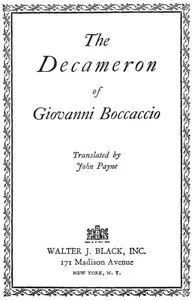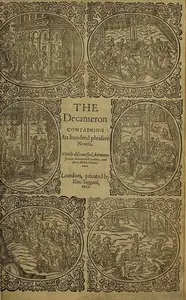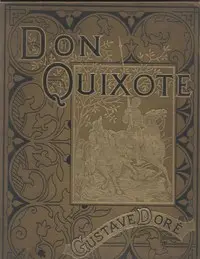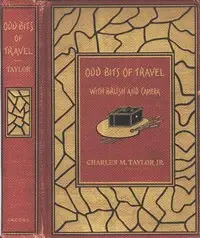"The Decameron (Day 6 to Day 10)" by Giovanni Boccaccio is a collection of stories from a group of young people escaping the plague, where each day a leader picks a theme to explore love, intelligence, and how society works. The setup shows a peaceful escape where characters tell funny and meaningful tales. One story shows a clever woman outsmarting a rambling knight, proving quick thinking wins over foolishness. Each story blends humor and criticism, showing Boccaccio's sharp observations of people's actions, including topics like love and loyalty.
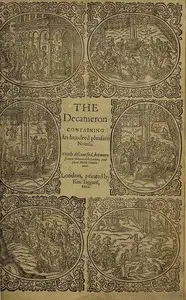
The Decameron (Day 6 to Day 10) Containing an hundred pleasant Novels
By Giovanni Boccaccio
Ten young refugees hiding from death find life and laughter in tales of trickery, love, and everyday people outsmarting each other.
Summary
About the AuthorGiovanni Boccaccio was an Italian writer, poet, correspondent of Petrarch, and an important Renaissance humanist. Born in the town of Certaldo, he became so well known as a writer that he was sometimes simply known as "the Certaldese" and one of the most important figures in the European literary panorama of the fourteenth century. Some scholars define him as the greatest European prose writer of his time, a versatile writer who amalgamated different literary trends and genres, making them converge in original works, thanks to a creative activity exercised under the banner of experimentalism.
Giovanni Boccaccio was an Italian writer, poet, correspondent of Petrarch, and an important Renaissance humanist. Born in the town of Certaldo, he became so well known as a writer that he was sometimes simply known as "the Certaldese" and one of the most important figures in the European literary panorama of the fourteenth century. Some scholars define him as the greatest European prose writer of his time, a versatile writer who amalgamated different literary trends and genres, making them converge in original works, thanks to a creative activity exercised under the banner of experimentalism.

